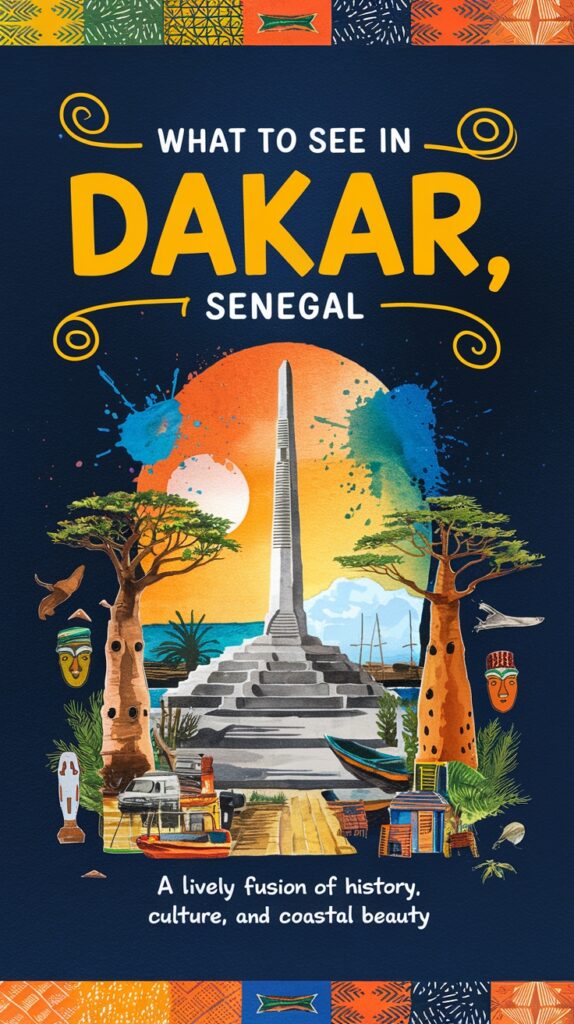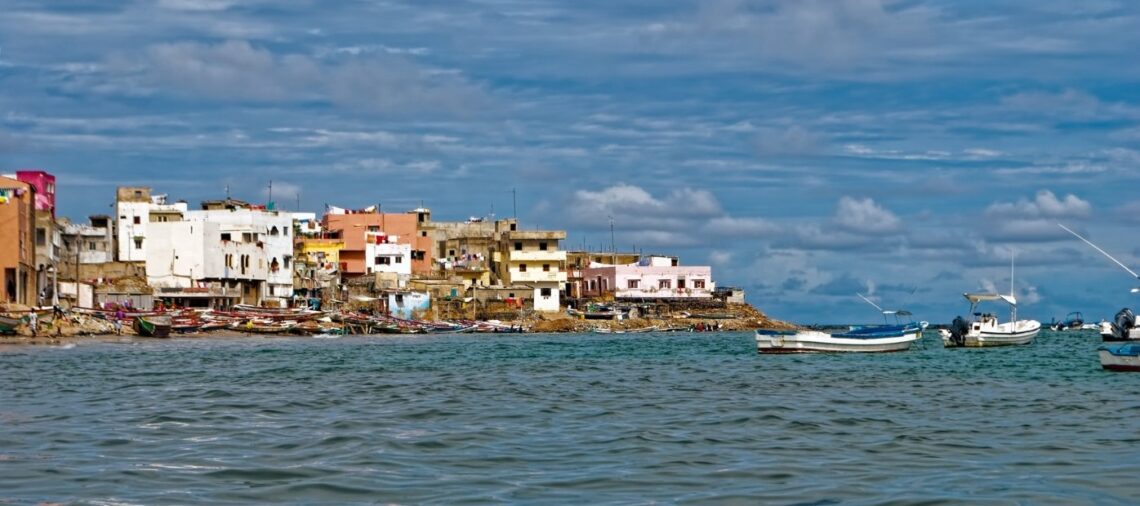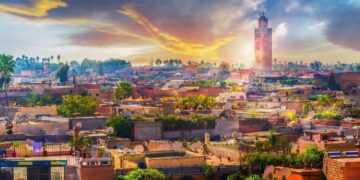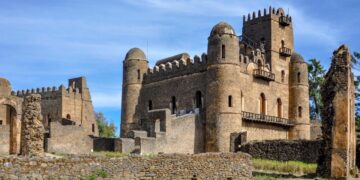Dakar, the vibrant capital of Senegal, is a city where the past and present collide in the most captivating ways. From its bustling markets to its Atlantic-kissed shores, Dakar pulses with energy, offering visitors a taste of West Africa’s rich cultural heritage, tantalizing cuisine, and deep-rooted history. Whether you’re exploring the legacy of the transatlantic slave trade on Gorée Island, bargaining for handcrafted goods in Sandaga Market, or savoring a plate of freshly grilled thiof fish by the sea, Dakar promises an experience that is as intense as it is rewarding.
And if you thought Dakar was just another African city, think again. This metropolis is the westernmost point of the African continent, home to Africa’s most daring car rally (before it moved to South America), and a hotspot for contemporary art and music. It’s a place where French colonial relics meet the beats of mbalax, where tailors craft dapper boubous from colorful wax prints, and where surfers chase waves off the rugged coastline. So pack your sunscreen, brush up on your French (or Wolof, if you’re feeling ambitious), and get ready for an adventure unlike any other. What to see in Dakar? What are the most beautiful tourist attractions in Dakar? Let’s find out!
1. Gorée Island: A Haunting Reminder of the Past
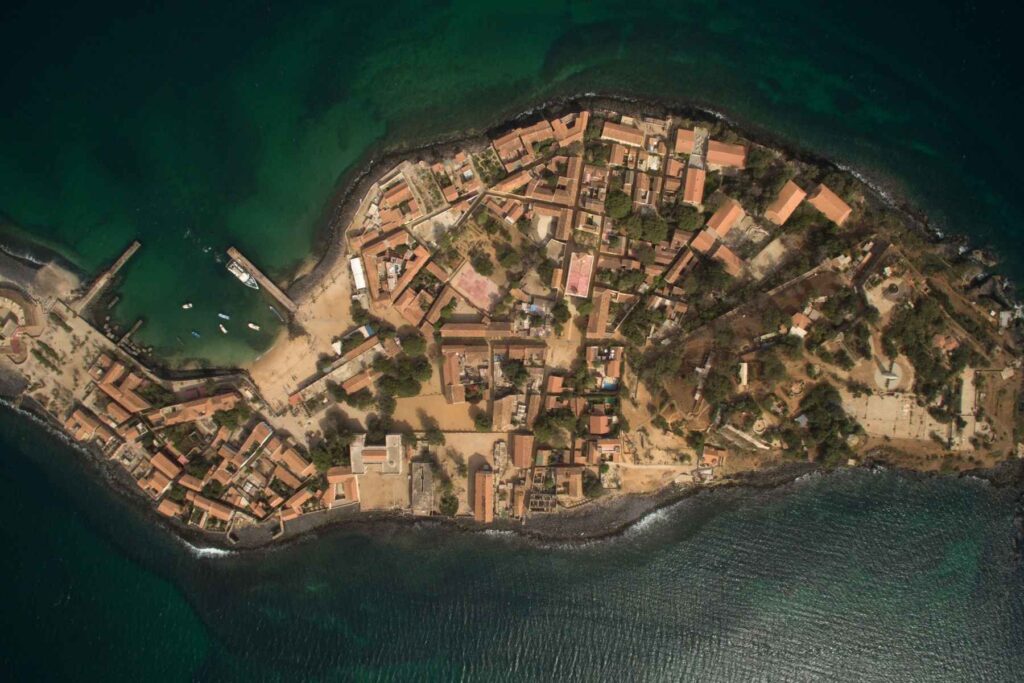
A short, choppy ferry ride from Dakar’s main port will take you to Gorée Island, a place as beautiful as it is heartbreaking. This UNESCO World Heritage site was once one of the largest slave trading centers on the African coast. The island’s pastel-colored colonial buildings and quiet streets seem almost deceptive until you step into the House of Slaves (Maison des Esclaves), where the infamous “Door of No Return” stands as a powerful reminder of those who were taken from their homeland.
Despite its dark past, Gorée Island has transformed into a symbol of resilience and reflection. Today, visitors can explore its small but moving museums, enjoy a meal at a seaside restaurant, or wander through its charming alleyways, where artists display striking paintings and sculptures. If you climb up to the top of Castel Hill, you’ll be rewarded with sweeping views of the Atlantic Ocean, making it a perfect place to pause and absorb the weight of history.
2. The African Renaissance Monument: A 160-Foot Ode to Pan-African Pride
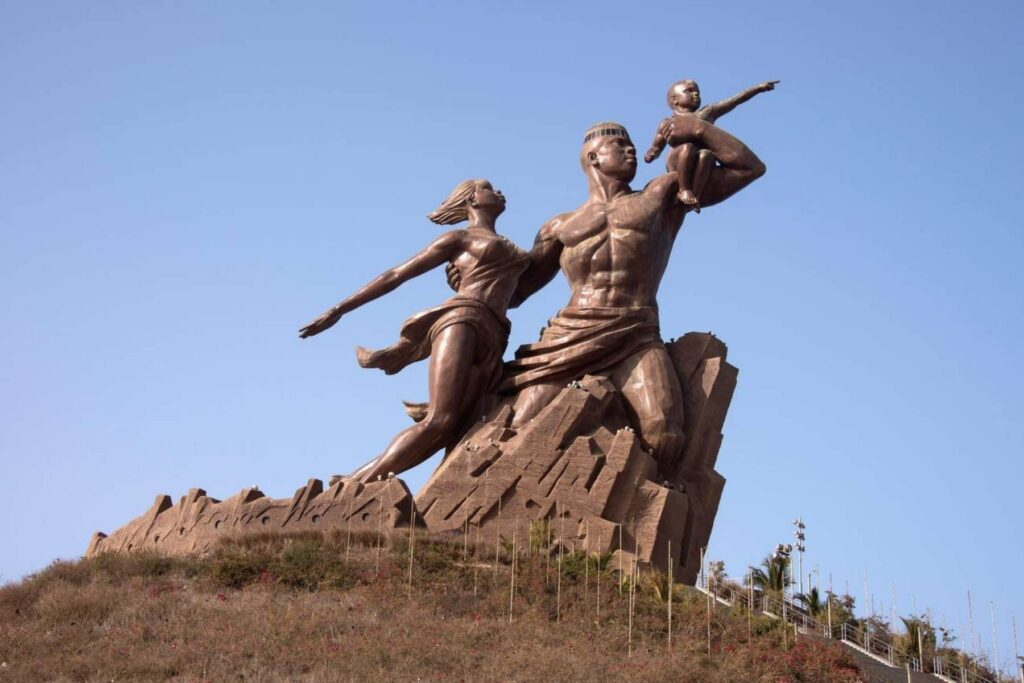
If you think the Statue of Liberty is impressive, wait until you stand beneath the African Renaissance Monument. Towering over Dakar from a volcanic hill, this bronze colossus stands at 49 meters (160 feet), making it the tallest statue in Africa. Unveiled in 2010, it depicts a man, woman, and child pointing toward a hopeful future—a symbolic representation of Africa’s progress and strength.
While the monument itself has sparked controversy over its construction costs and artistic influences, climbing the stairs to its base is worth the effort. Inside, an elevator ride will take you to the top, where you’ll be treated to breathtaking panoramic views of Dakar and the Atlantic coastline. At sunset, the golden hues bathing the statue make for a particularly spectacular sight.
3. The Medina: Dakar’s Pulsating Heart
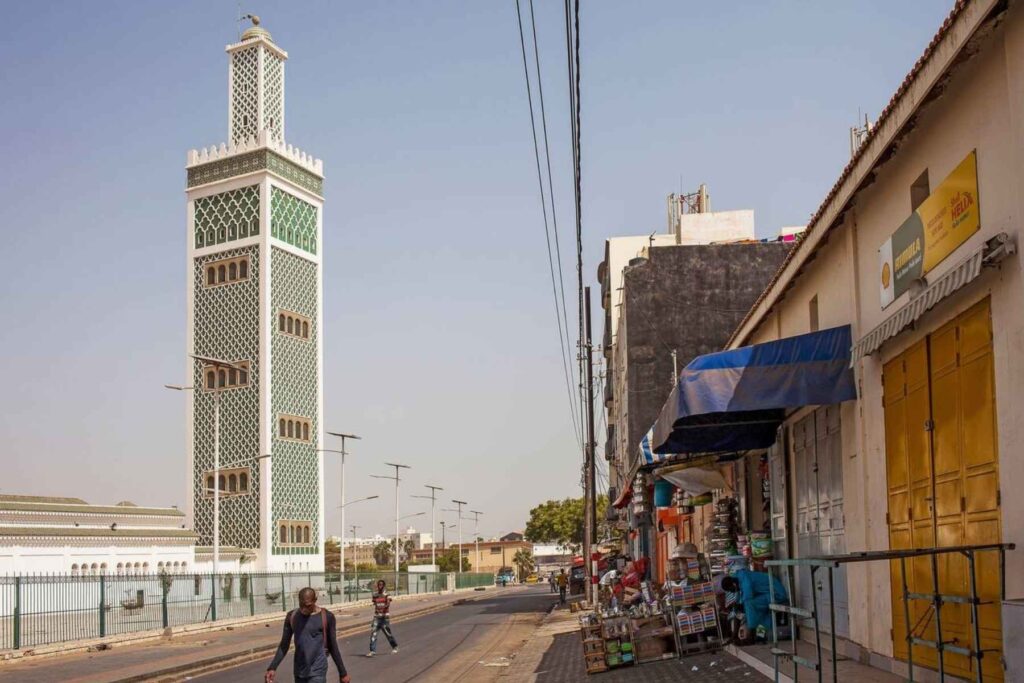
To experience the raw, unfiltered energy of Dakar, head to the Medina. Unlike the wealthier districts of the city, the Medina is where daily life spills into the streets—where vendors shout over each other to sell their wares, where women in brightly patterned fabrics balance baskets on their heads, and where the smell of grilled meat mingles with the salty ocean air.
One of the highlights here is the Grand Mosque of Dakar, an architectural marvel with its towering minaret piercing the sky. Though non-Muslims cannot enter, it’s worth admiring from the outside, especially at sunset when the call to prayer echoes through the streets. Don’t leave the Medina without exploring its open-air markets, where you can pick up everything from fresh mangoes to intricately carved wooden masks.
4. Îles de la Madeleine: A Hidden Natural Paradise
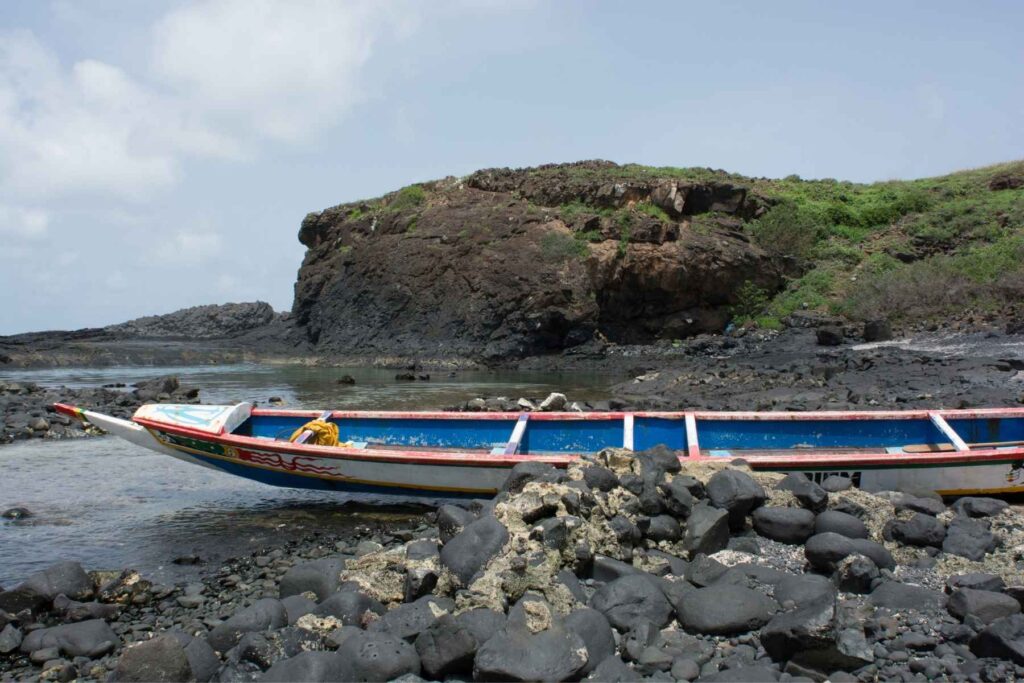
Just off the coast of Dakar lies Îles de la Madeleine, an uninhabited national park that feels like a world away from the city’s hustle. These small, volcanic islands are one of the least visited but most stunning places in Senegal. Home to rare seabirds, unique baobab trees, and crystal-clear waters, it’s a dream for nature lovers and adventurers.
The islands can only be reached by hiring a boat, and since there are no commercial tours, it’s a good idea to negotiate a ride with a local fisherman. Once there, you can hike around the rocky terrain, go snorkeling in the pristine waters, or simply enjoy the solitude of this untouched paradise.
5. Les Almadies: Surf, Seafood, and Sunset Views
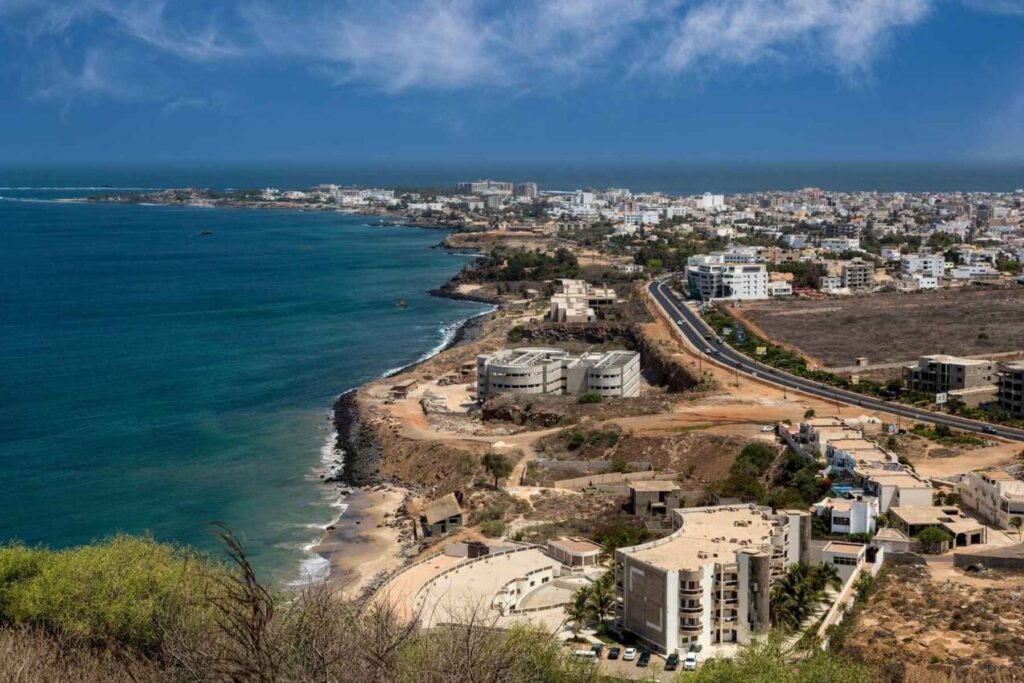
Les Almadies, the westernmost point of Africa, is Dakar’s playground for the stylish and the sun-seeking. This coastal district is lined with lively beach bars, world-class seafood restaurants, and some of the best surf spots in Senegal.
Surfers flock here for the consistent waves, with spots like Ouakam and Yoff offering world-class breaks. If you’re more into relaxation, grab a seat at one of the oceanfront eateries and order a plate of fresh seafood—thiof (a type of grouper) grilled with a side of attiéké (cassava couscous) is a must-try. As the day winds down, watching the sunset over the Atlantic with a cold Gazelle beer in hand is the perfect way to cap off your visit.
6. The Pink Lake (Lac Rose): Nature’s Cotton Candy Mirage
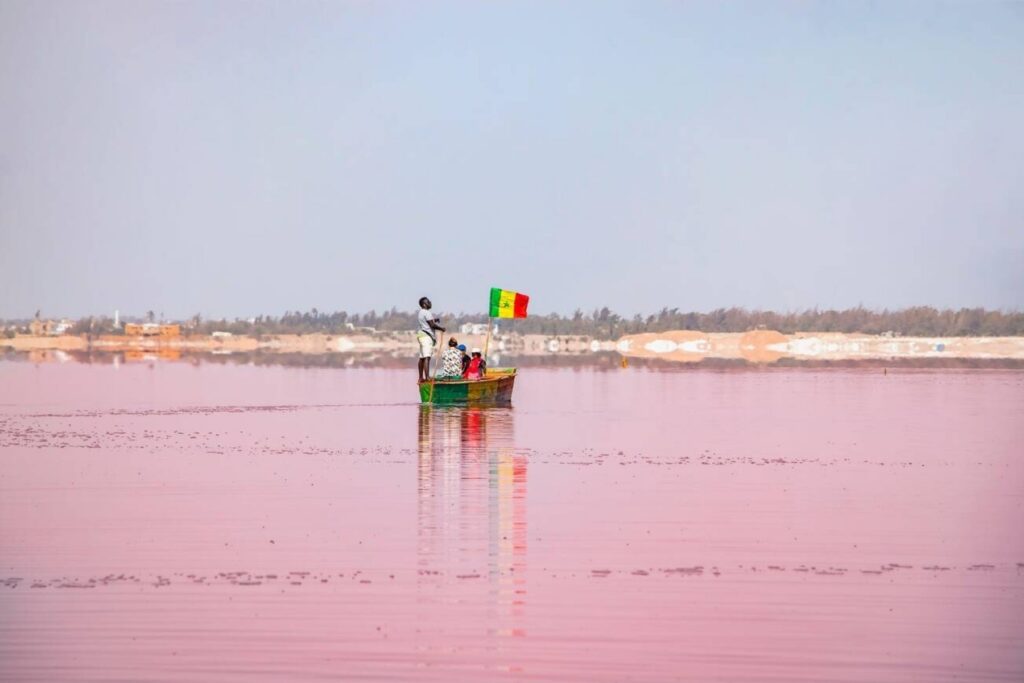
Just an hour outside of Dakar, Lac Rose is a surreal natural wonder. Due to its high salt content and a type of algae that thrives in it, the lake takes on a mesmerizing pink hue, especially during the dry season. It was once the finishing point of the Paris-Dakar Rally, and though the race has moved elsewhere, the lake still attracts visitors looking to float effortlessly in its mineral-rich waters.
Salt harvesters can be seen working tirelessly, extracting the precious white crystals from the lake’s depths. If you’re feeling adventurous, you can even hop into a boat for a closer look or ride a camel along the shore for a desert-like experience.
7. Village des Arts: The Beating Heart of Dakar’s Art Scene
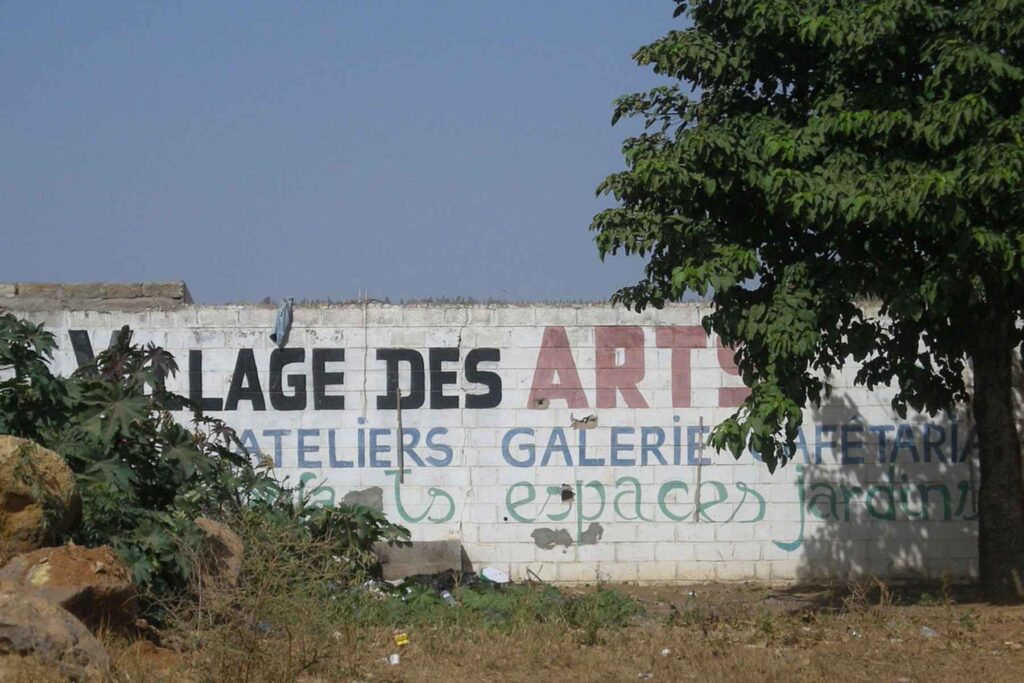
For those seeking a deeper dive into Dakar’s thriving contemporary art scene, Village des Arts is a must-visit. This creative hub houses some of Senegal’s most talented painters, sculptors, and mixed-media artists, many of whom have gained international recognition.
The open studios allow visitors to watch artists at work, and exhibitions frequently showcase everything from traditional African motifs to avant-garde installations. Whether you’re an art connoisseur or just curious, this space offers a fascinating glimpse into Senegal’s artistic soul.
8. Musée des Civilisations Noires: A Celebration of African Heritage
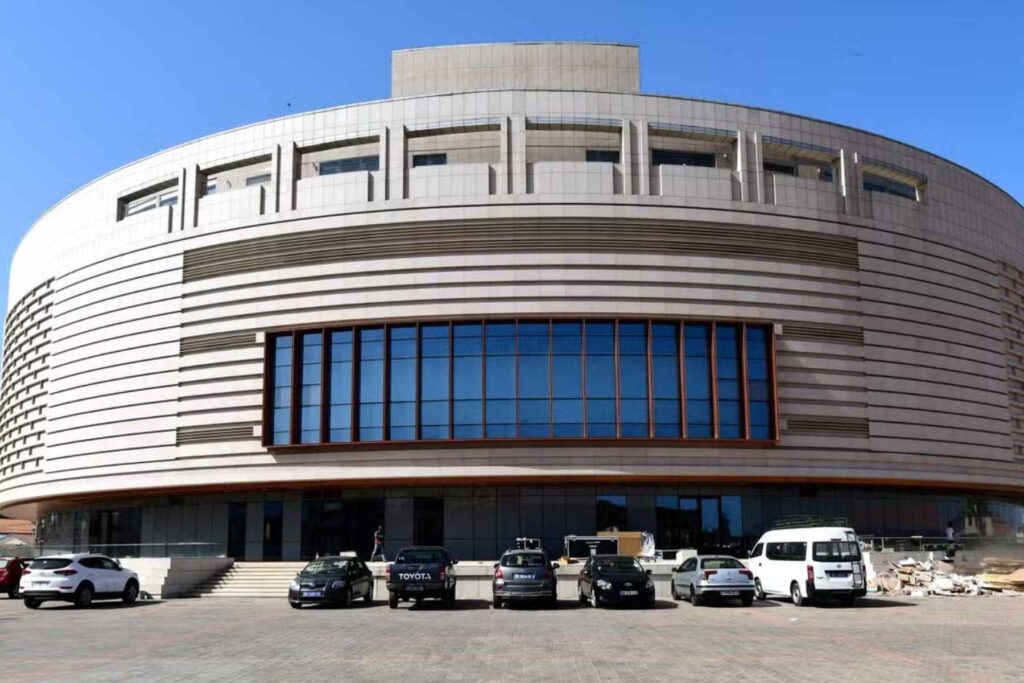
One of the newest additions to Dakar’s cultural landscape, the Musée des Civilisations Noires (Museum of Black Civilizations) is a sprawling institution dedicated to the history, culture, and contributions of people of African descent worldwide. Opened in 2018, it houses an impressive collection of artifacts, contemporary art, and multimedia exhibits that trace the story of Africa from ancient times to the present.
The museum’s design is as striking as its contents, with a circular structure inspired by traditional African architecture. Whether you’re interested in history, anthropology, or simply a deeper understanding of Africa’s diverse civilizations, this museum is an essential stop.
FAQs About Dakar
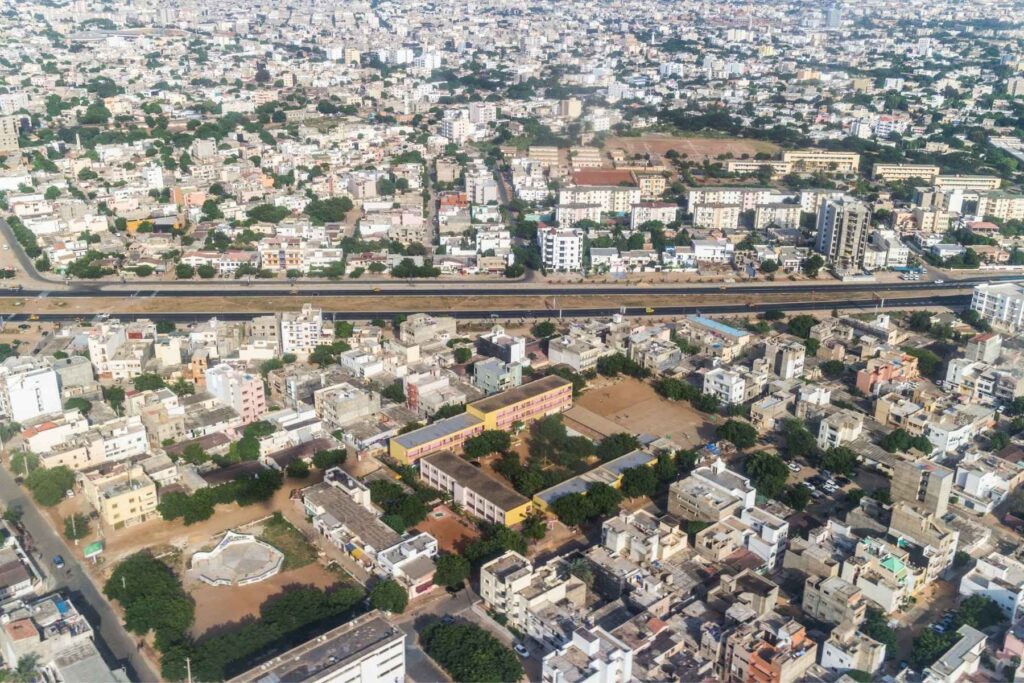
1. Is Dakar safe for tourists?
Yes, Dakar is generally safe, though visitors should exercise standard precautions, especially in crowded areas where petty theft can occur. Stick to well-lit areas at night, be mindful of pickpockets in busy markets, and use registered taxis to avoid unnecessary hassles.
2. What languages are spoken in Dakar?
French is the official language, but Wolof is widely spoken among locals. English is not as common, though younger Senegalese and those working in tourism often speak it. A few Wolof phrases, like “Na nga def?” (How are you?) or “Jërëjëf” (Thank you), will go a long way in earning smiles and goodwill.
3. What is the best way to get around Dakar?
Taxis are the most common mode of transport, but be prepared to negotiate fares before getting in, as meters are rarely used. For a more authentic (and chaotic) experience, hop on a car rapide, the city’s colorful minibuses that shuttle locals across town. For a smoother ride, ride-hailing apps like Yango and Heetch offer an alternative to traditional taxis.
4. What is Dakar’s food scene like?
Dakar is a paradise for seafood lovers and fans of bold flavors. Don’t leave without trying thieboudienne, Senegal’s national dish made of spiced fish, vegetables, and rice cooked in a rich tomato sauce. Yassa poulet, a tender chicken dish marinated in lemon and onions, is another favorite. Street food like fataya (Senegalese empanadas) and dibi (grilled lamb) are also must-tries.
5. When is the best time to visit Dakar?
The dry season (November to May) is the best time to visit, with warm but bearable temperatures and less humidity. The rainy season (June to October) brings heavy showers but also lush greenery and fewer crowds. If you visit in May, you might catch Dak’Art, Africa’s premier contemporary art biennale.
One-Day Itinerary Proposal in Dakar
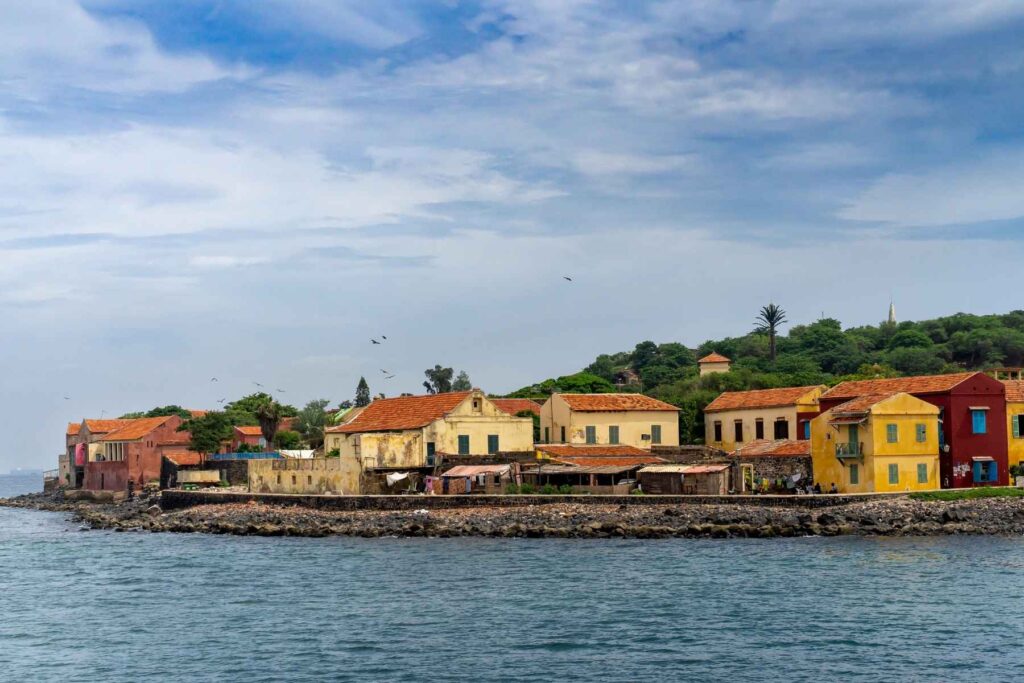
If you only have one day in Dakar, you’ll need to make the most of it. Here’s an itinerary that balances history, culture, and relaxation while avoiding unnecessary backtracking.
Morning: Exploring History and Culture
- 8:00 AM – Breakfast at Café de Rome
Start the day with a strong café Touba (spiced Senegalese coffee) and a fresh baguette with local jams at Café de Rome, a popular spot with a French touch. - 9:00 AM – Ferry to Gorée Island
Take the 20-minute ferry from Dakar’s main port to Gorée Island. Walk through its cobbled streets, visit the House of Slaves, and take in the serene yet haunting atmosphere. - 11:30 AM – Return to Dakar and visit the African Renaissance Monument
A short taxi ride will take you to the African Renaissance Monument. Climb to the top for stunning panoramic views of the city and the Atlantic.
Afternoon: Market Adventures and Art Appreciation
- 1:00 PM – Lunch at Le Ngor
Head to Le Ngor, a charming oceanfront restaurant in Les Almadies, for a meal of grilled thiof and attieké while listening to the waves crash against the shore. - 2:30 PM – Explore the Medina and Sandaga Market
Dive into the Medina, Dakar’s beating heart, where you can browse colorful fabric shops, watch artisans at work, and experience the city’s electric energy. - 4:00 PM – Visit Village des Arts
If you’re an art lover, stop by Village des Arts, where some of Senegal’s most talented artists have their studios.
Evening: Sunset, Seafood, and Live Music
- 6:00 PM – Sunset drinks at Oceanium
Sip a cocktail at Oceanium, an eco-friendly seaside bar with one of the best sunset views in Dakar. - 7:30 PM – Dinner at La Calebasse
Experience authentic Senegalese cuisine at La Calebasse, where live music often accompanies your meal. Try mafé, a rich peanut stew, or yassa poisson (marinated fish with caramelized onions). - 9:30 PM – Nightlife at Just 4 U or a Beachfront Club
End the night at Just 4 U, a live music venue where you can dance to mbalax, the infectious rhythm popularized by Senegalese legend Youssou N’Dour. If you prefer a more laid-back atmosphere, head to Phare des Mamelles, a lighthouse-turned-bar with a relaxed, artsy vibe.
Conclusion – What to See In Dakar
Dakar is a city that never stops moving. It’s chaotic and loud, yet utterly captivating. Whether you’re tracing the painful history of Gorée, surfing in Almadies, bargaining in the Medina, or dancing to mbalax until dawn, Dakar will leave an imprint on your soul. And if you ever return—which you probably will—you’ll realize that Dakar doesn’t just exist on a map. It lives in the music, the colors, the flavors, and the stories that stay with you long after you’ve left.
Photos: Canva Pro
Pin it!
